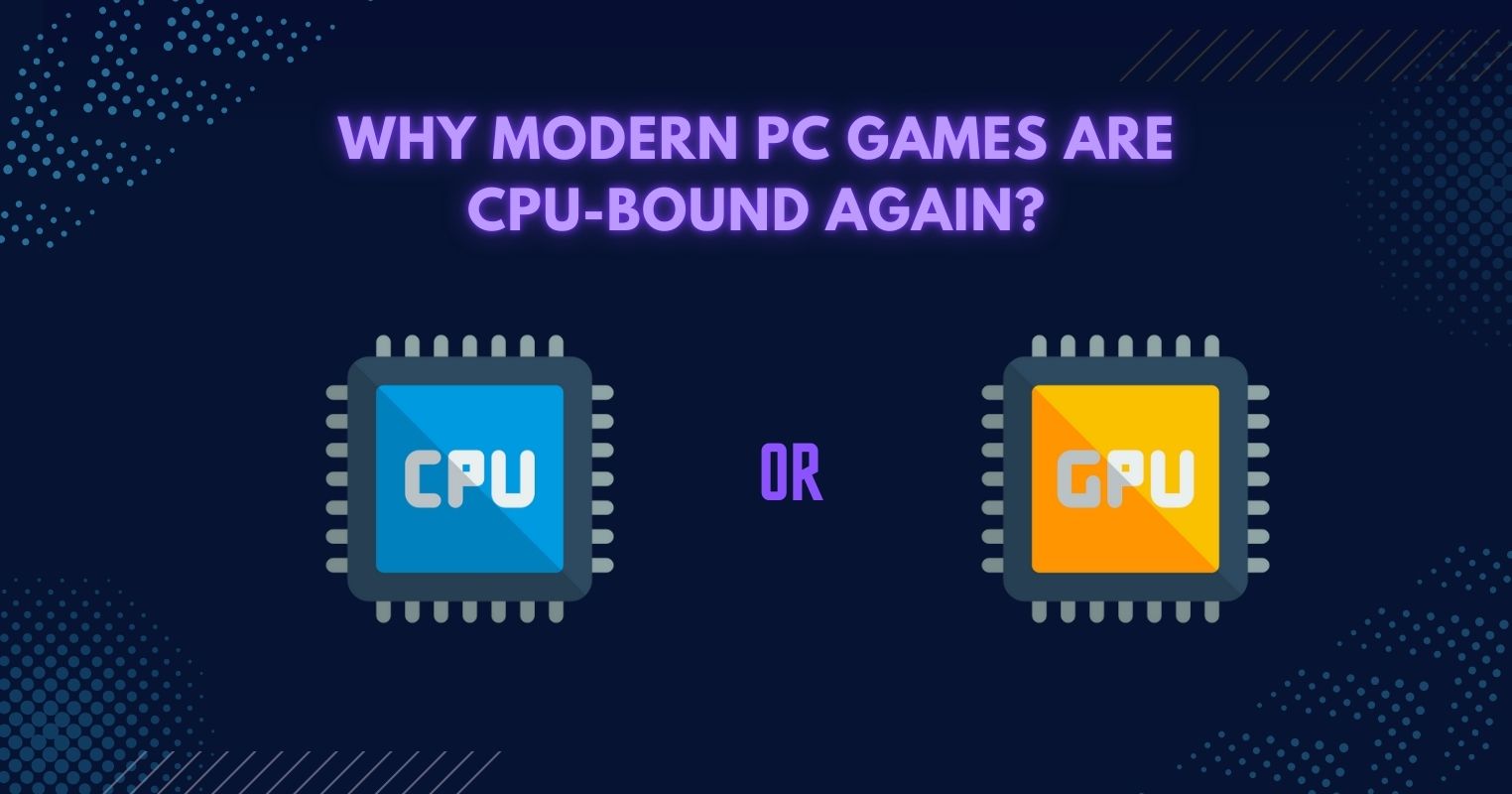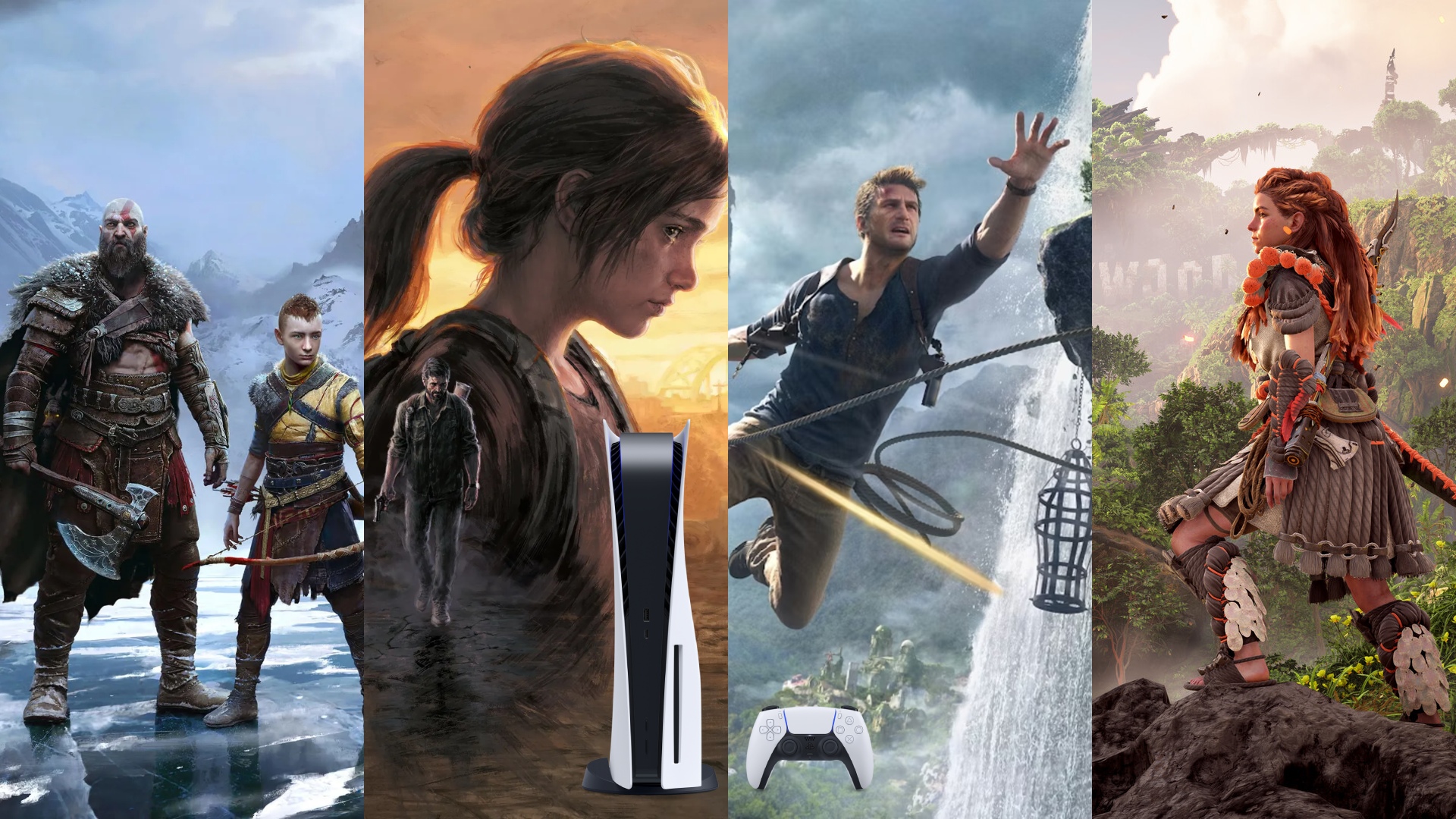- Cloud gaming is a great alternative to expensive hardware, freeing you from the conventional need for consoles and PCs.
- Despite looking simple on the surface, this technology still has deep complications, such as availability in regions, pricing options, input lag, and more.
- While cloud gaming may have a strong future, its push to mainstream is currently a wasted effort due to many factors.
The advancements in technology, especially in this decade, have changed the gaming landscape. Hardware has seen many improvements, and graphics are closer to real life than ever.
This also pushes the movement for convenience in this entertainment business. Cloud gaming has been around for years but wasn’t seen as truly viable until a couple of years ago when it became mainstream.
The idea of playing AAA games despite not having a high-end system is amazing. Microsoft has also started to sell a cloud bundle of Xbox without the console as a plan to normalize cloud streaming.
However, the main question arises: Is cloud gaming even feasible in 2024? Surely, the idea of taking gaming on the go without the actual hardware is intriguing, but is it even feasible in the modern era?
Why it matters: Because cloud gaming is expected to be such a huge force in the future, it’s important to realize the drawbacks and strengths of this technology.
Accessibility Restricted And Limited To Casual Gaming
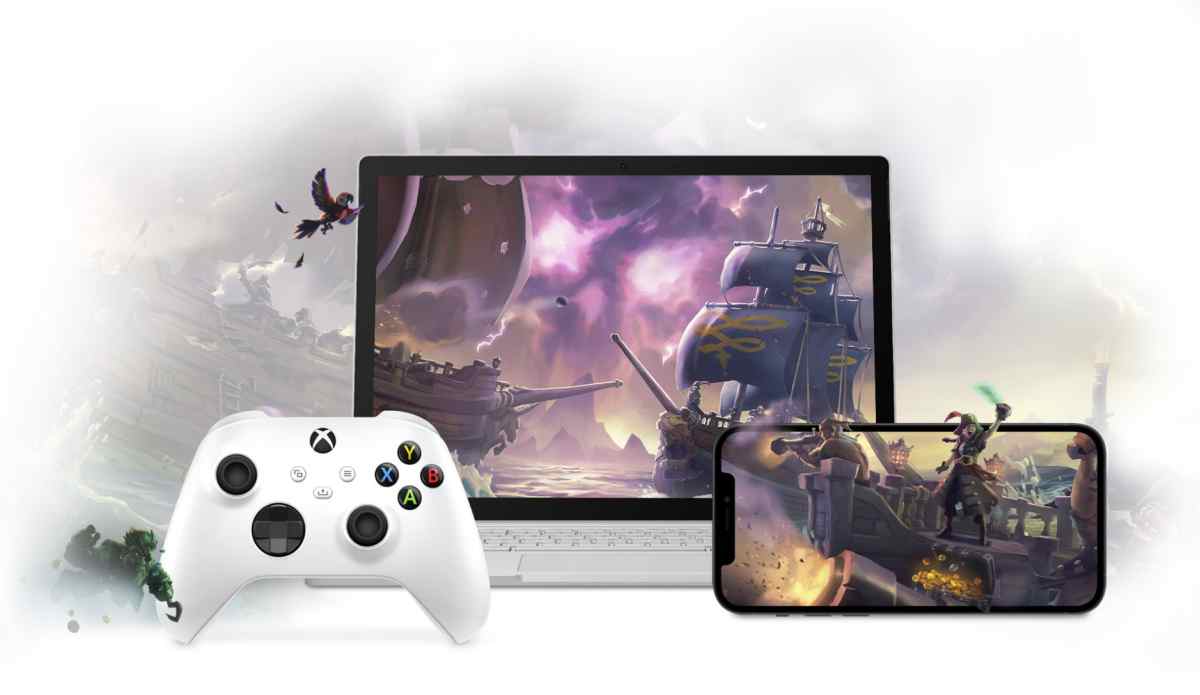
Despite the notion that cloud gaming is smooth as butter and all you need is a subscription to play your favorite games on the go, the technology comes with its set of problems.
First of all, this service is limited to just a few countries of the world. Many regions are still deprived, and while there is a workaround that involves using a proxy, the input lag is too much of a variable to expect an enjoyable experience.
That brings us to the second major problem: the input lag. First, you need to have access to a high-bandwidth network, obviously. Not everyone has access to this kind of internet, especially if you’re planning to play on the go in a hotel, etc.
Input lag is always a variable despite the internet speed and is too great a deal for someone to play competitive or single-player games. The other deal breaker is how limited these libraries are.
Services like GeForce Now and Xbox Cloud Gaming have an extensive library, but these servers can’t handle every single title available.
Pricing Options
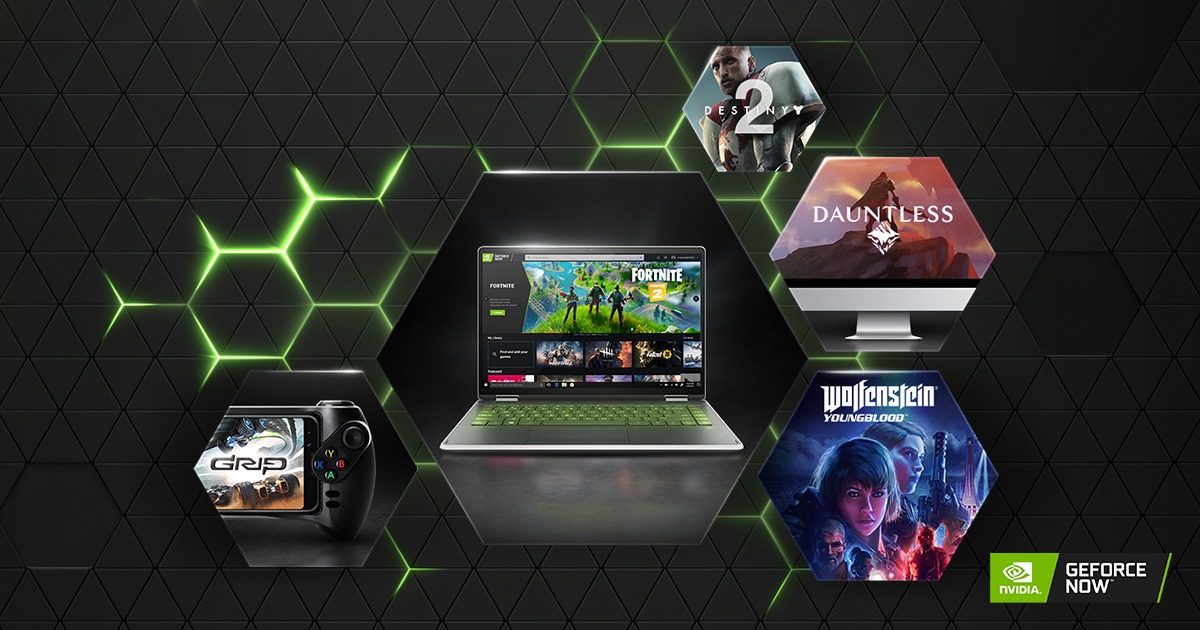
There are multiple options when it comes to this service. Xbox Cloud Gaming, GeForce Now, and PlayStation Plus Premium are the big three, but you also have other smaller options like Shadow PC, etc.
Amazon’s Luna and Google Stadia failed and announced they were shutting down despite Luna being active. However, I think they failed because they were too ahead of the times. Regardless, GeForce Now and Xbox Cloud Gaming offer different packages at different prices.
Game Pass Ultimate is a solid deal and includes the cloud gaming option. GeForce Now currently offers three programs. The base plan is free and limited to one-hour sessions with ads.
The priority plan gives access to games with RTX at 1080p 60FPS with six-hour sessions for $10 a month. The ultimate plan has rigs with the RTX 4080, with eight-hour sessions and resolution of up to 4K 240FPS.
They may sound cheap, but these packages don’t come with a game catalog, so you’re stuck playing free games such as Fortnite. However, with GeForce Now, you can connect to your Game Pass subscription and gain access to those titles.
PlayStation Plus Premium is also another great alternative. It allows you to stream a select few games on your PlayStation console or PC without the need for a download.
Is Cloud Gaming Really The Future?
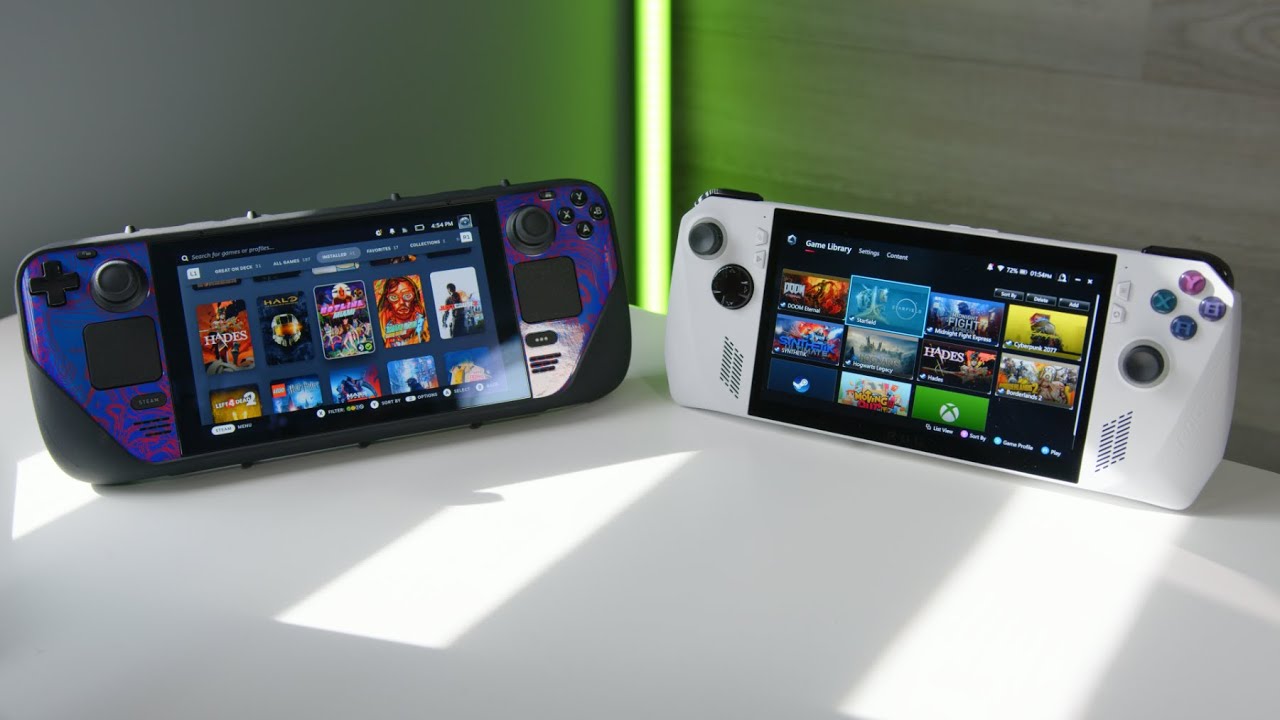
Cloud Gaming is still in the development phase, and due to these restrictions and its availability in different regions, I’d speculate that it will be some time before we see it normalized.
Personally, at this point, rather than these subscriptions, I’d get my hands on an Xbox Series S, the budget Xbox console. My second choice would be to jump on the handheld trend and pick up a console like the Steam Deck or Nintendo Switch.
I believe we will see advancements in handheld consoles quicker than cloud gaming, and Microsoft seems to be working on its own handheld. This should keep the market going, with more competitors entering after Microsoft’s push.
I firmly believe in cloud gaming, but we’re still far from that reality. Technology is constantly evolving, but streaming isn’t quite where it needs to be just yet.
Thank you! Please share your positive feedback. 🔋
How could we improve this post? Please Help us. 😔
[Staff Writer]
Shaheer is currently pursuing a Business degree while also working as a part-time Content Writer. With his deep passion for both writing and video games, he has seamlessly transitioned into a role as a Journalist. Over the past two years, Shaheer has contributed as a freelancer to various websites and landed positions on acclaimed platforms like Gamerant. Currently, his role at Tech4gamers is as a Features Writer, but he also covers News occasionally. Shaheer’s favorite gaming franchises are Assassin’s Creed and the God of War series.
Get In Touch: shaheerzahid03@gmail.com


